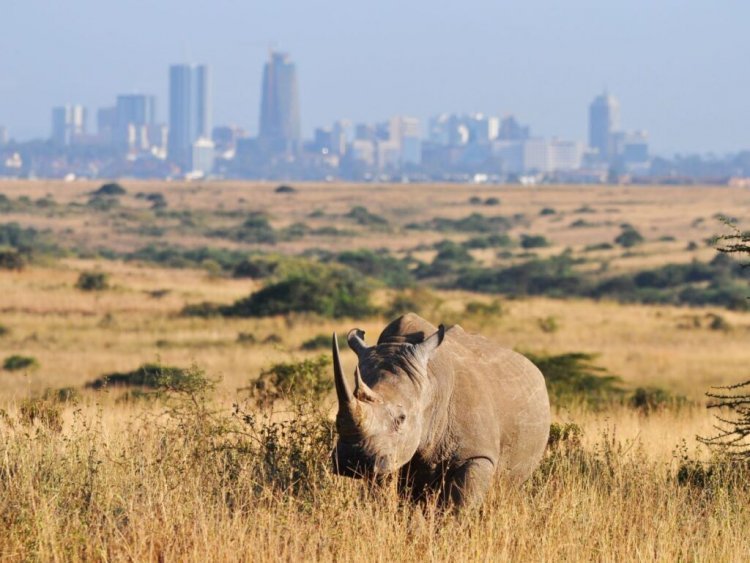|
Kenya is known for iconic wildlife, such as the African Elephant Loxodonta africana and the critically Endangered Black Rhinoceros Diceros bicornis. But many of these species have been under pressure for the last half a century from several factors, including the illegal wildlife trade, which the government authorities and wildlife crusaders have been fighting.
 Rhino grazing at Nairobi National Park within the capital city. Photo by KWS. Rhino grazing at Nairobi National Park within the capital city. Photo by KWS.
And, the fight is slowly bearing fruits.
Jim Nyamu, Executive Director, The Elephant Neighbors Center (ENC), says some interventions have helped a great deal to save endangered wildlife species.
|


 POATV Reporter
POATV Reporter 































